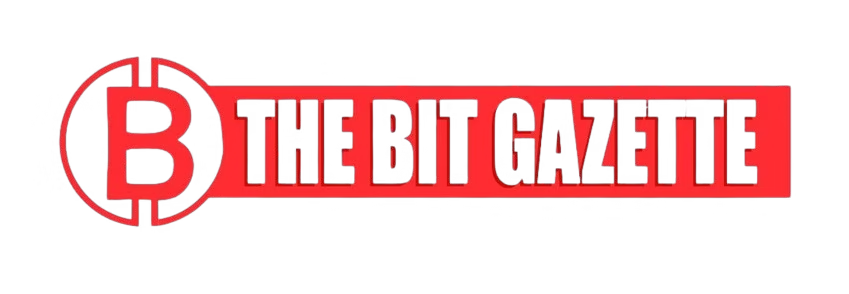Ripple activated a new native token standard on the XRP Ledger on October 1, eliminating the need for custom smart contracts and making institutional tokenization simpler and more secure after receiving approval from a supermajority of network validators.
This rollout integrates the new standard directly into XRPL, removing the need for institutions and developers to rely on complex custom-coded contracts.
Ripple describes the rollout as a major step forward in tokenization, marking a decisive step toward real-world blockchain adoption. By simplifying the token issuance process while strengthening security, Ripple is positioning XRPL as a global leader in digital asset innovation.
Why the MPT Standard Matters
With the activation of the MPTokensV1 amendment, the XRP Ledger has introduced a system that reduces technical and security hurdles for developers.
RippleX developers wrote on X, “MPTs meet the practical needs of institutions—no custom contracts, no wasted resources.”
This statement underscores the project’s vision: to provide a scalable, secure, and efficient way of issuing tokens without reinventing the wheel for each new project. The release of the official whitepaper alongside the launch highlights how this framework addresses pressing challenges faced by financial institutions in adopting blockchain technology.
Tackling Tokenization Challenges
The MPT standard addresses some of the most persistent issues in real-world asset tokenization. Traditionally, institutions needed to navigate complex contract logic, undergo costly security audits, and ensure regulatory compliance before launching tokens.
MPT integrates many of these features natively into XRPL, helping organizations cut costs while maintaining transparency and accountability. This makes token issuance far more accessible to large financial players who were previously hesitant due to operational and legal risks.
Metadata Brings Accountability
One of the most significant features of the new standard is metadata integration. Issuers can now embed legal documents, terms of use, or identification references directly into a token’s definition. This ensures that every asset carries a verifiable, immutable record on the ledger, building confidence among regulators and investors alike.
Metadata also provides a flexible way for tokens to be linked to external resources, expanding their potential use cases in regulated markets where accountability and traceability are critical.
Security Through Smart Key Management
Security has been a major concern in token issuance, and the new framework addresses it with innovative features. The MPT standard allows issuers to delegate operational tasks through a “Regular Key” while keeping their master key securely offline.
This reduces exposure to potential hacks or unauthorized access. Moreover, XRPL’s built-in multi-signature lists require multiple approvals for sensitive operations, such as altering token settings or executing clawbacks. Together, these tools establish a security-first foundation that appeals to risk-averse institutions entering the blockchain space.
Fungible Properties with Built-in Controls
Ripple engineer Kenny Lee explained that under the MPT framework, any account can issue tokens in large or small quantities. However, issuers cannot hold their own tokens, and any returned coins are automatically burned. This system ensures transparency and accountability, while discouraging misuse.
Every token issuance is uniquely identified by a 192-bit ID, guaranteeing traceability and differentiation. At the same time, metadata provides the option to display currency codes, though these codes may not always be unique. These measures create a fungible token system that is both flexible and controlled.
Supply Caps and Circulation Limits
The ability to configure supply caps is another strength of the Multi Purpose Token debut. Issuers can set limits that prevent the number of tokens in circulation from exceeding a specific threshold, ensuring market stability. Burned tokens can be reissued, but circulation will always remain under the set cap.
This combination of flexibility and discipline offers issuers the chance to adapt supply to demand without losing oversight of the broader system. It also reassures regulators and investors that token supply won’t spiral out of control.
Benefits for Financial Institutions
For banks, asset managers, and other large organizations, MPT provides a framework that balances efficiency with compliance. By eliminating the need for bespoke contract development and extensive audits, institutions can reduce costs and risks while still operating within regulatory expectations.
The debut also gives companies the confidence to experiment with tokenization in a secure environment, accelerating blockchain’s integration into mainstream finance. Experts argue that these advantages could be a turning point in bridging traditional finance with digital assets.
Expert Opinions on the Launch
Industry researchers and analysts have praised Ripple’s move. Blockchain researcher Linda Park commented, “The Multi Purpose Token debut is not just a technical rollout—it’s a practical shift that lowers barriers for institutions worldwide.” Similarly, crypto analyst David Chen noted,“Embedding the standard directly into XRPL creates a foundation that is both scalable and trustworthy.”
These views reflect growing consensus that Ripple’s innovation is not only about technology, but also about creating confidence in blockchain as a long-term solution for asset management.
A Turning Point for Ripple
The MPT launch comes as a major leadership change at Ripple. David Schwartz, Ripple’s long-serving Chief Technology Officer and one of XRPL’s original architects, has announced his retirement after 13 years.
In a farewell post, Schwartz described his journey as a “wild ride” and confirmed he will step down from daily responsibilities by the end of the year. His departure marks the end of an era for Ripple, even as the company ushers in a new token standard that could reshape institutional blockchain adoption worldwide.











